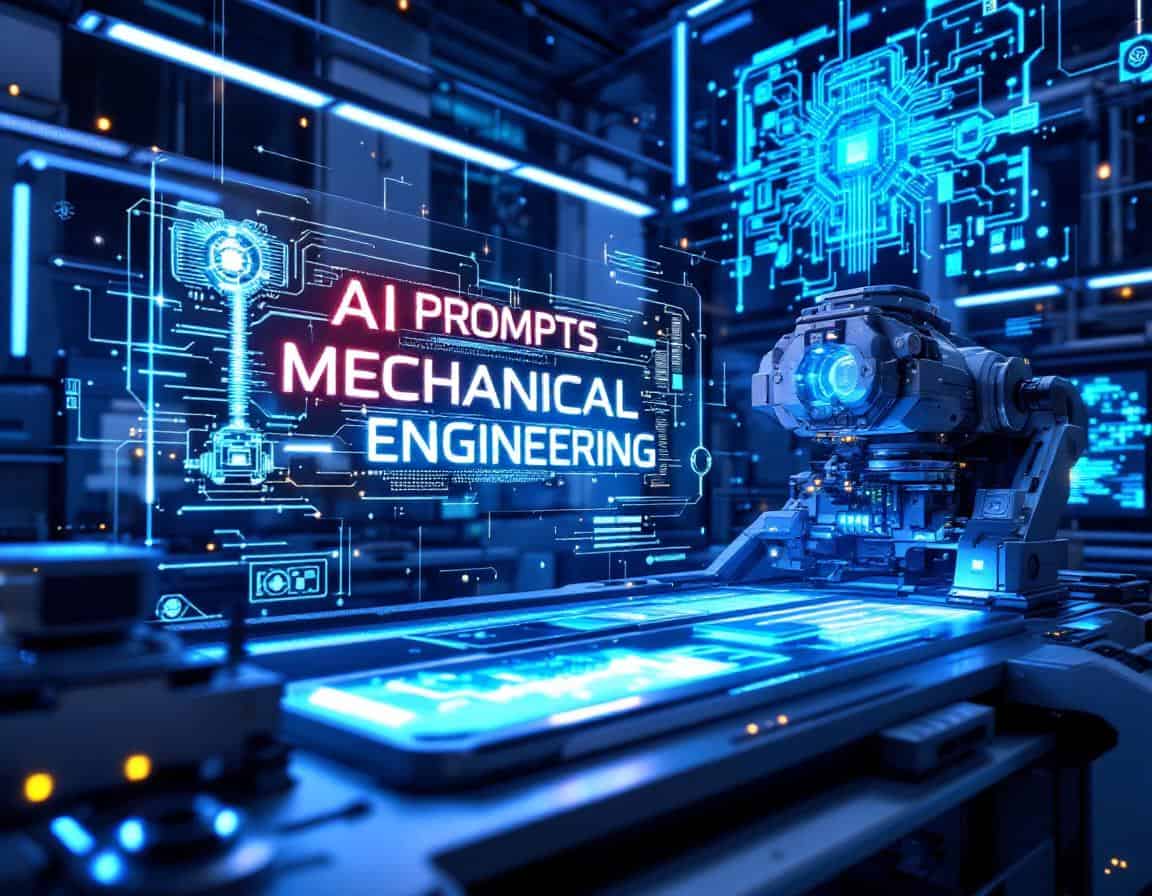
通过增强人类在设计、分析方面的能力,在线人工智能工具正在迅速改变机械工程、 制造业和维护。与传统方法相比,这些人工智能系统可以更快地处理海量数据、识别复杂模式并生成新的解决方案。例如,人工智能可以帮助您优化性能和可制造性设计,加速复杂的模拟,预测材料特性,并自动执行各种分析任务。
The prompts provided below will for example help on generative design, accelerate simulations (FEA/CFD), help on predictive maintenance where AI analyzes sensor data from machinery to forecast potential failures, enabling proactive servicing and minimizing downtime, help on material selection and much more.



























我们是否假设人工智能总能生成机械工程方面的最佳提示?这些提示是如何生成的?
人工智能会让人类工程师变得多余吗?
相关文章
漂绿:绅士的15个绝妙欺骗技巧
如何最好地应对未决专利
所有专利状态:PCT、待审专利、已公布专利、已授权专利
十大最佳专利无效策略和工具
产品设计中的生命周期评估(LCA)
产品价值分析概述